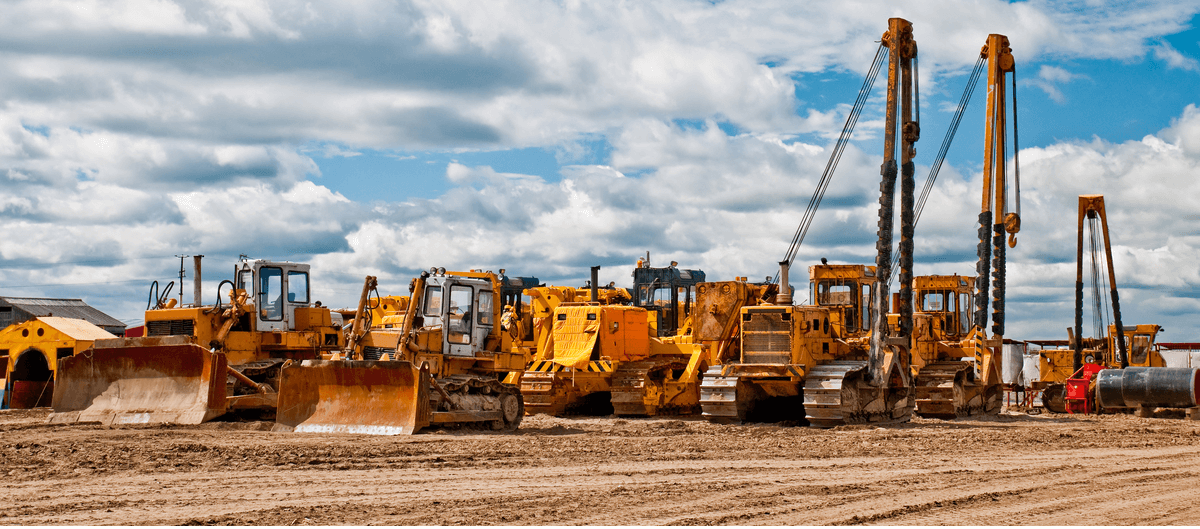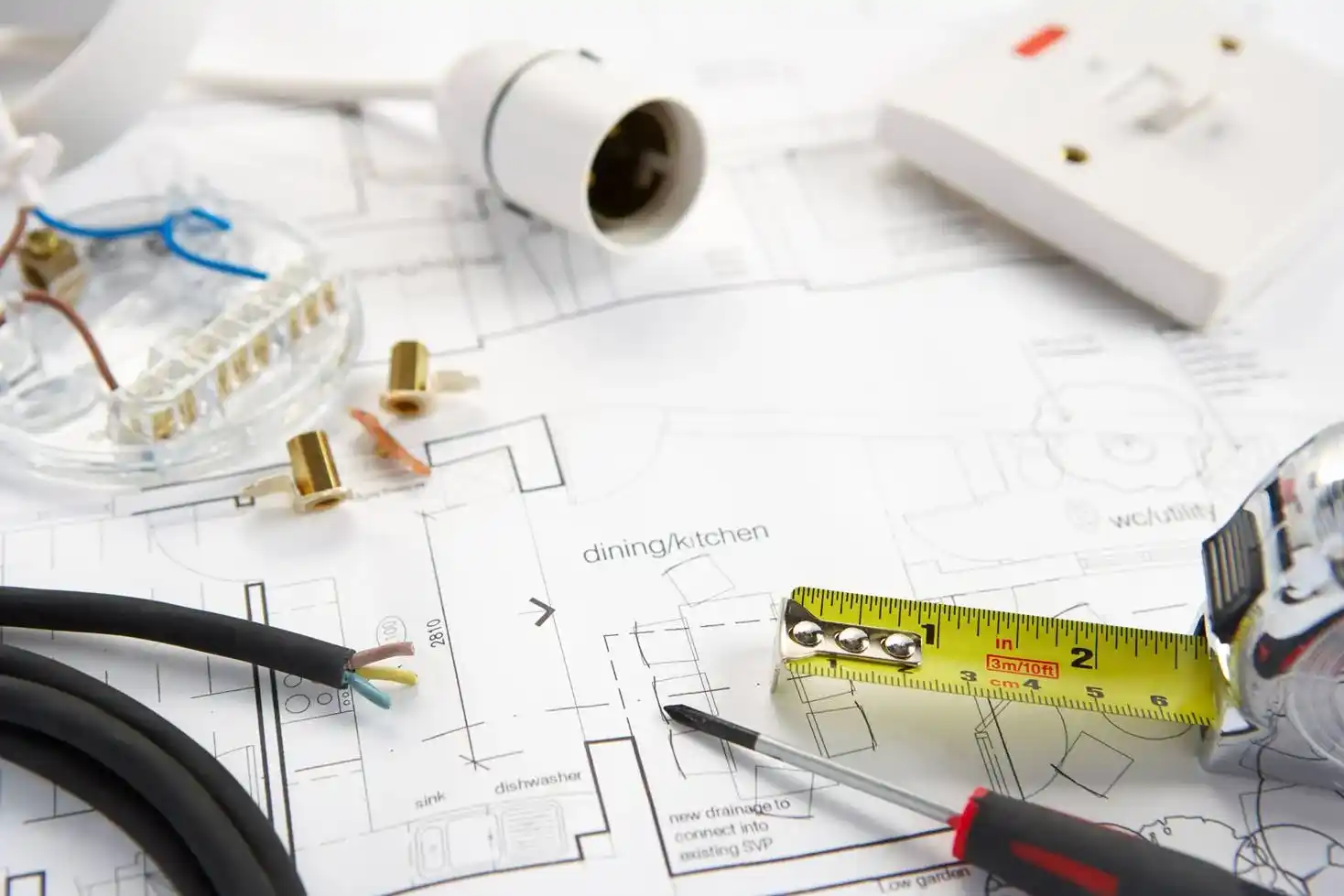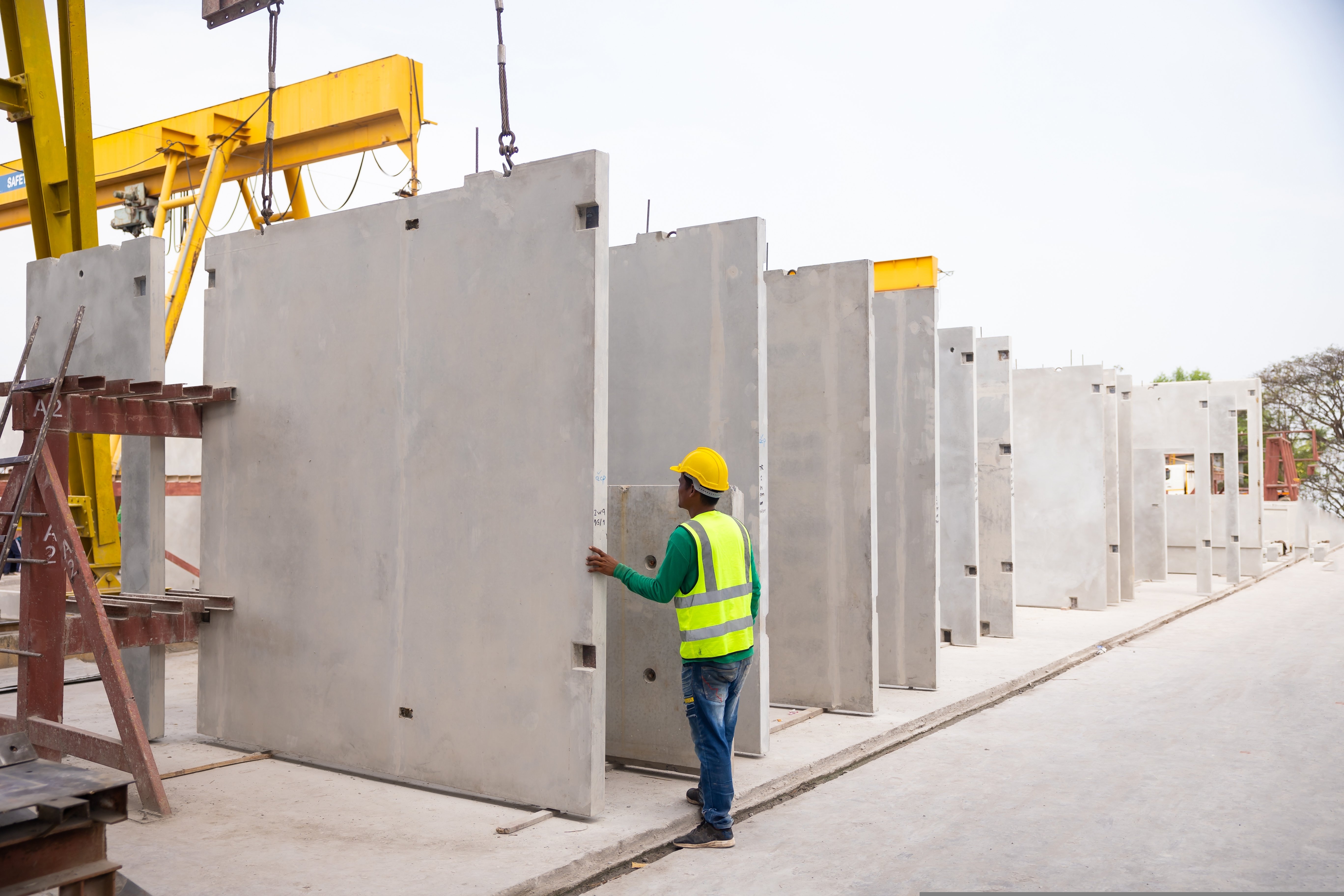After the 9/11 attacks in 2001, the New York City government concluded that fire protection measures in high-rise buildings did not guarantee safety for occupants. As a result, a task force was created to assess the situation and propose code upgrades, and the result was Local Law 26 of 2004. The law included both retroactive and prospective requirements, requiring all property owners to assess their buildings, planning upgrades as needed and before the established deadlines.
Retroactive requirements are mandatory for all existing buildings meeting certain conditions, even those with no planned renovations. On the other hand, prospective requirements targeted new constructions and renovations in existing buildings.
Know detailed information about Local Law 26 here.
Mandatory Sprinkler System Installation in NYC Buildings
Most retroactive requirements introduced by LL 26/04 were relatively simple and had short-term deadlines in 2006 and 2007. However, one of the requirements was notorious for its increased complexity and long-term deadline: all buildings at least 100 ft high and classified as business group occupancies had 15 years to be fully sprinklered, establishing the deadline at July 1, 2019. It is important to note that business occupancies were classified as Group E when LL26/04 was published, but the denomination has been changed to Group B, while Group E is used for educational facilities.
There are only two cases where a building may be exempt from installing a full sprinkler system according to Local Law 26 of 2004:
- Many buildings in New York City have been designated as interior landmarks due to their historic architecture. If sprinkler installation is considered unfeasible without altering the building dramatically, it may be waived from LL 26/04.
- Some buildings are not landmarks, but their structural condition makes sprinkler installation impractical. A waiver is possible in these cases as well.
If a building is at least 100 ft high, and it is converted to an occupancy classification covered by LL 26/04, sprinklers become mandatory even if they were not previously required. In addition, the 2019 deadline does not apply in this case; the building must be fully sprinklered at the time of conversion.
Although the deadline is July 1, 2019, for existing buildings, an interim report must be delivered by July 1, 2018. However, this report is not necessary if the full project is completed before. Instead, only the final report is required (normally due on July 1, 2019).
To summarize, your building is subject to this retroactive requirement if it meets the following conditions:
- At least 100 ft tall.
- Business occupancy (Group E as of 2004, currently Group B). This includes office buildings.
Retroactive Requirements with Past Deadlines
All retroactive requirements with past deadlines are now like prospective requirements, since existing buildings already meet them and new constructions must include them. There were three such requirements when LL 26/04 was first published:
|
REQUIREMENT |
BUILDINGS AFFECTED |
DESCRIPTION AND DEADLINE |
|
Photoluminescent Markings |
High-rise office buildings (75 ft or taller) |
Photoluminescent signs on all doors leading to exits, and markings in all exit stairs (July 1, 2006). |
|
Additional Signage If Egress Path Is Not Clear |
High-rise office buildings (75 ft or taller) |
Illuminated exit signs in stairs with horizontal extensions and transfer levels, wall signs where a re-entry door is hidden from sight, wall signs where re-entry is not possible for more than four levels (July 1, 2007). |
|
Exit Sign Power Source |
Offices, educational facilities and hotels regardless of height. High-rise mercantile, industrial and institutional buildings (75 ft or taller). |
A battery pack or generator is mandatory. This applies regardless of connection ahead or behind the main switch (July 1, 2007). |
As previously stated, these were legally-binding requirements that have already been deployed in existing buildings. However, if you will move into an existing property subject to them, it does not hurt to verify that all three requirements have been met.
Prospective Requirements in Local Law 26 of 2004
As implied by their name, prospective requirements apply for new constructions and alterations in existing buildings. They can be summarized as follows:
|
PROSPECTIVE REQUIREMENTS |
COVERED BUILDINGS |
|
Scissor Stairs: When two stairs must be remote, they cannot share a common wall, floor or ceiling. |
High-rise office buildings at least 75 ft tall where stairs serve a floor of at least 10,000 ft2. |
|
Fire Tower Option: LL 26/04 allows fire towers instead of interior or exterior stairs, following an application procedure by the owner. |
All buildings of any height or occupancy classification. |
|
Elevator Vestibules: Elevators that serve at least four levels with office space must open onto a smoke-stop vestibule. Existing buildings are only covered if two or more elevator shafts are being deployed. |
High-rise buildings at least 75 ft tall that include office space.
|
|
Impact Resistant Enclosures: Applies for stairs and elevators serving office spaces. |
High-rise buildings at least 75 ft tall. |
|
Open Web Steel Joists: Prohibited until commissioner promulgates fire-proofing standards. |
High-rise nonresidential buildings at least 75 ft tall. |
|
Inspect Existing Fireproofing: Assess the condition of existing spray-on fireproofing that is exposed. |
Office spaces subject to alterations. |
|
Inspect Fire Dampers: Applies whenever a new ventilation system is installed. |
All buildings of any height or occupancy classification. |
|
Air Intake Locations: Applies for air intakes in spaces above 10,000 ft2 and higher than the second story. They must be located 20 ft above grade and 20 ft away from exhaust discharges and loading bays. |
New high-rise office buildings at least 75 ft tall. |
|
Fuel Oil Piping Above Lowest Floor: Oversized fuel oil piping above the lowest floor is not allowed, and new standards are introduced to regulate it. |
All buildings of any height or occupancy classification.
|
|
Floor Drains: If located in elevator vestibules or shafts, these can be excluded from the total fixture count for plumbing calculation purposes. |
All buildings of any height or occupancy classification.
|
|
Emergency Action Plan for Evacuation: May be required by the NYC Fire Department, including evacuation drills. |
All office buildings. |
Conclusion
The requirements established in Local Law 26 of 2004 are classified into retroactive and prospective requirements, and the buildings covered change for each specific requirement. A few requirements cover all buildings regardless of and occupancy, while others vary depending on these two factors. Consider that the 2019 deadline for sprinkler systems is approaching, and a full sprinkler system installation can be very time-consuming for a large building. If you are a property owner, it is strongly advised that you plan your project as soon as possible.







